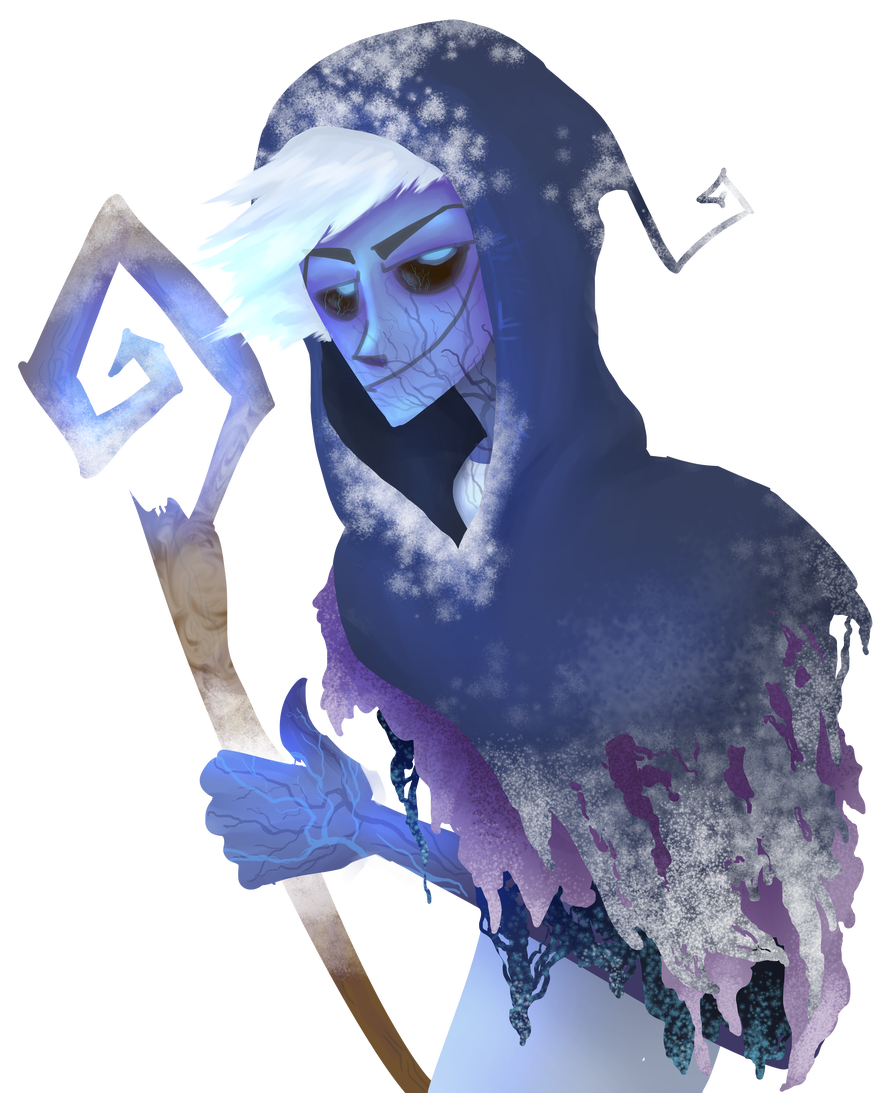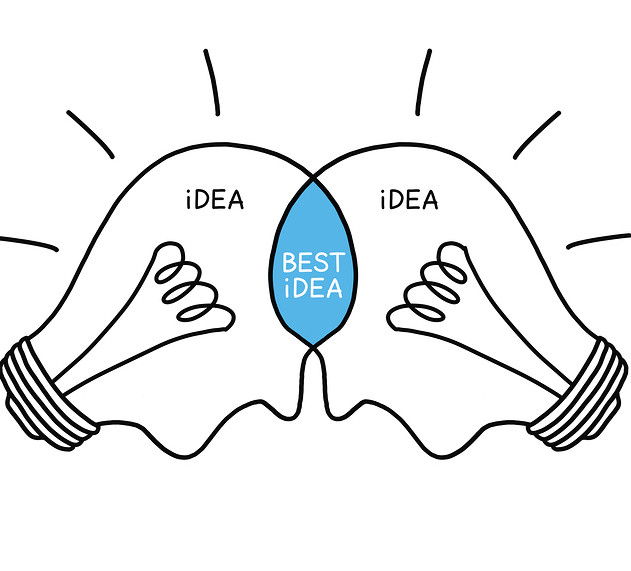In my life, I have been working in management for nearly a decade. From retail to digital products, such as video games, leadership has been a part of how I function within a team. When I started at UW Bothell, I was no stranger to working in a team. However, as I started to navigate my work, I began to see that there was a difference between managing and collaboration and shared leadership. I found that management was about my expectations being placed on others, while collaboration and shared leadership was a process in which the group cultivates ideas, develops expectations, and sets deliverables. To further examine the growth of my process surrounding the subject, I look back to the first group piece, “Woodland Wintering” a board game surrounding the hibernation habits of PNW animals, and my last, a presentation on my group IMD capstone exploring light, color and sound and how they connect to human emotion.
The “Woodland Wintering” board game began as a twist on the board game “One Night Ultimate Werewolf”. As a group, we had played One Night Ultimate Werewolf in class, and had enjoyed it immensely. When we dissected the gameplay, we began to see that the fun of the game revolved around one’s use or misuse of collaboration to find the werewolf character in the game. Collaboration became an important aspect of anything we did within the game or our process in creating our game. As we continued forward in our project, I began to see that this shared value of collaboration allowed us to easily integrate the skills and ideas of every member of the group. When we finished creating the game and wrote a post mortem surrounding our experience, we all wrote about the importance of our collaboration and how it allowed for each of us to be authentic to our abilities and perspective. It taught me as a manager that I am only as good a leader as I am a listener and collaborator, an integral lesson to both student and professional life moving forward.

As I am now at the end of my time at university, I decided to reflect on how that lesson has unfolded in my current IMD capstone. My group is a diverse composition of students with a wider range of perspectives. As we began conceptualizing our project, I felt myself returning to how I understood collaboration, utilizing it as a tool that not only steered our thinking but lifted us up. By focusing on the collaboration of our ideas, I was able to share leadership with the group, allowing each one of us to have our fingerprints on the concept presented in our pitch presentation. We came together to make decisions and set milestones, understanding each other’s time constraints as items to be worked around, and not used as roadblocks. Our collaboration is what made the presentation and resulting project successful. As I look at the presentation now, I can see the fruits of the seeds planted from the “Woodland Wintering” game nearly three years ago.
Ultimately, it feels as if I have been able to uncover the secret of leadership via collaboration and gain an understanding that collaboration is not an act, it’s a mindset. My projects have shown me that collaboration is not a constraint, but an effort to include and utilize all viewpoints to create something greater as a group. It has taught me to see shared leadership as a means of partnership and allowed me to add this insight to my creative process.
Works Cited
Raymond, Rachel “Capstone Pitch.” BIMD 491 Integrative Studio II: Practicum, Dr. Arnie Lund. Autumn 2019.
https://docs.google.com/presentation/d/1JGgBRCRgX7_gIp2m0F5f-i1OLN9oZfjCE1cfXVbhsfM/edit?usp=sharing
Raymond, Rachel “Woodland Wintering Board Game Documentation.” BIMD 250. Introduction to Interaction Design, Dr. Mark Chen. Autumn 2017.
https://winteringwerevolves.wordpress.com/2017/12/05/woodland-wintering-status-update-12-4-2017/

